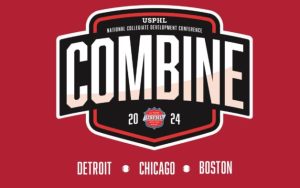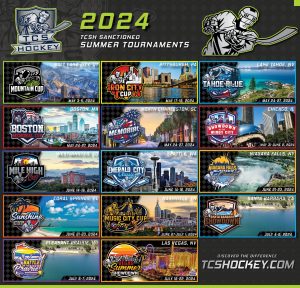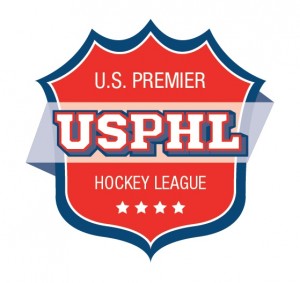AHU COACHES’ CORNER: Small-area games are an important tool for all ages
Hockey is played on a large sheet of ice – one of the only sports where the playing field is the same size for youth and professional players.
However, the game of hockey is actually played in small areas of the ice. College and NHL teams participate in station-based practice drills because they deliver more touches, skating time, passes and shots.
These small-area games and drills are a vital device to help players of all ages hone their hockey ability in ways that larger area drills cannot. By implementing more small-area games and drills into your practices, you will quickly see the benefits after just a few weeks of work. Players work hard, learn more and have more fun when they run small-area drills. The pace and speed also provide the cognitive training players need for game days.
Small-area games are game-like scenarios played in specific zones on the ice. Zones can include cross-ice, between faceoff dots, corners, below faceoff dots or other areas, including the neutral zone. The zone is determined by the skill being taught. The drills are designed to teach a combination of skills, while using cross-ice and full-ice techniques to teach team skills like breakouts and power plays.
In running small-area games and drills, any combination of players can be used, and special rules and conditions can be applied to mimic different scenarios encountered during games. Changing up the rules keep the drills fresh and allow players to see many different offensive and defensive situations. These are perfect for teaching multiple skills and increasing puck touches and repetitions. Players secure more puck touches because of the reduction in playing field size and the special conditions applied. Players are placed in tight situations and will have more attempts on the net than in traditional drills.
European teams have been using small-area games in practices for many years. The NHL, junior teams, college teams and the USA Hockey National Team Development Program also utilize small-area games and drills, which are now starting to become much more common in U.S. youth programs.
Go to any stick time and you will see kids develop their own small-area pick-up games. Small games also help kids develop their creativity and interject fun into any practice. These type of games promote creativity and experimentation by creating a structured drill, but not a scripted outcome. This more closely matches a real game situation, where nothing is predetermined. Small-area games create scenarios to train players in developing skills and decision-making. These are similar to game-day scenarios.
Small games push players to work hard and compete with each other at game speed. A player under the age of 14 still needs to spend a significant amount of time focusing on stick skills, how to make plays, how to be decisive, and how to be aggressive on the puck. In a game designed to be played in short, explosive bursts of speed and power, small-game drills train players in real game scenarios. Unlike endurance drills, which are designed for conditioning, small games provide those intense situations that mimic game day work/rest timing and keep players moving in the rhythm of a game day.
Running these games and drills will foster a learning environment where kids enjoy the game and want to come back and play more while still developing and honing their individual and team skills. Turning skill development drills into shooting drills or games can make them more fun and motivating for youth hockey players.
Kurt Goar is Arizona Hockey Union’s coach-in-chief.








